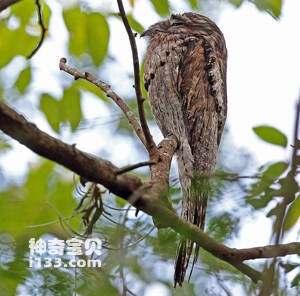
Nyctibius griseus
Nyctibius griseus,potoo
Woodbirds are highly nocturnal birds and are generally not active during the···
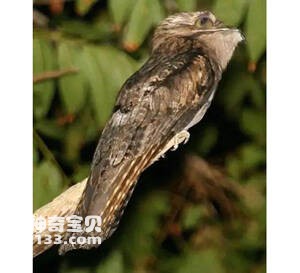
Nyctibius jamaicensis
Nyctibius jamaicensis,Northern Potoo
Northernmost strigidae, also known as Nyctibius jamaicensis or Northern Poto···
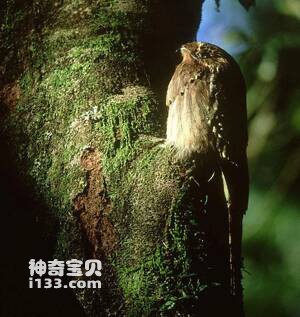
Nyctibius aethereus
Nyctibius aethereus,Long-tailed Potoo
Nyctibius aethereus, or Long-tailed Potoo, is a large owl that lives in nort···
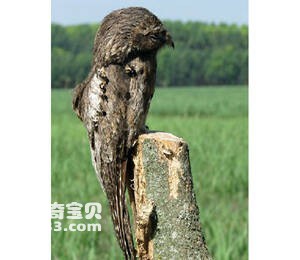
Nyctibius grandis
Nyctibius grandis,Great Potoo
There are two subspecies: Nyctibius grandis and Great Potoo.Big birds are no···
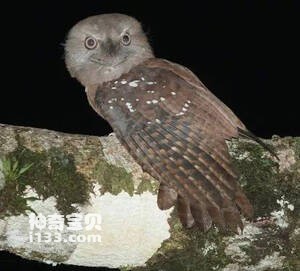
Rigidipenna inexpectata
Rigidipenna inexpectata,Solomons Frogmouth
Solomons Frogmouth, Rigidipenna inexpectata, or Solomons Frogmouth, was firs···
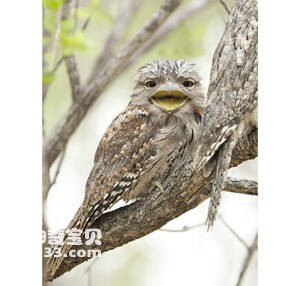
Podargus strigoides
Podargus strigoides,Tawny frogmouth
Tawny frogmouth, also known as Podargus strigoides, is often mistaken for an···
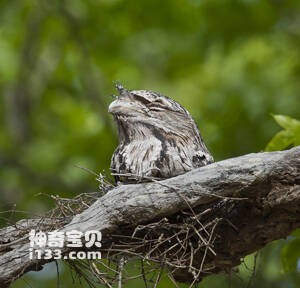
Podargus papuensis
Podargus papuensis,Papuan Frogmouth
Papuan Frogmouth, also known as Papuan Frogmouth, is unknown.Protect wild an···
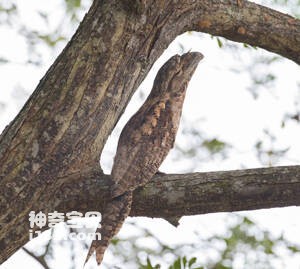
Podargus ocellatus
Podargus ocellatus,Marbled Frogmouth
The first name is Podargus ocellatus, the foreign name is Marbled Frogmouth,···
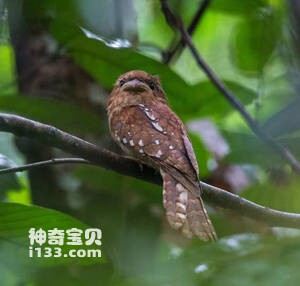
Batrachostomus stellatus
Batrachostomus stellatus,Gould's Frogmouth
Gould's Frogmouth, or Batrachostomus stellatus, has unknown habits。Prot···
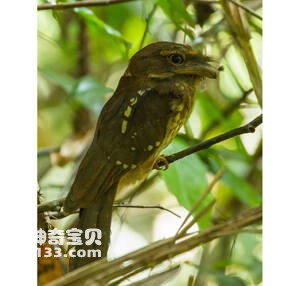
Batrachostomus septimus
Batrachostomus septimus,Philippine Frogmouth
Batrachostomus septimus, Philippine Frogmouth, the specific behavior is unkn···
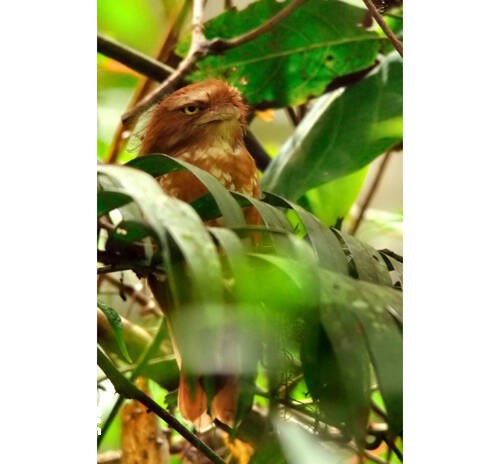
Batrachostomus poliolophus
Batrachostomus poliolophus,Pale-headed Frogmouth
The first name is Batrachostomus poliolophus, the foreign name is Pale-heade···
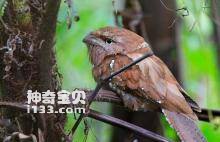
Batrachostomus moniliger
Batrachostomus moniliger,Ceylon Frogmouth
Batrachostomus moniliger, the foreign name Ceylon Frogmouth, the specific be···
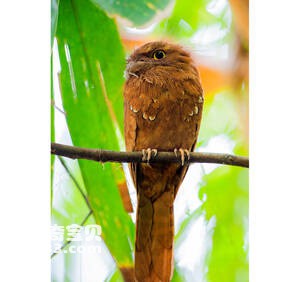
Batrachostomus javensis
Batrachostomus javensis,Javan Frogmouth
Javan Frogmouth: Batrachostomus javensis, Javan Frogmouth, specific habits a···
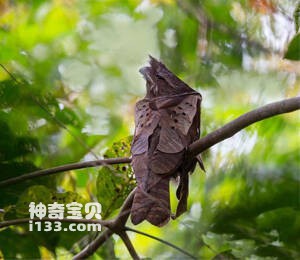
Batrachostomus harterti
Batrachostomus harterti,Dulit Frogmouth
Batrachostomus harterti, foreign name Dulit Frogmouth, the specific behavior···
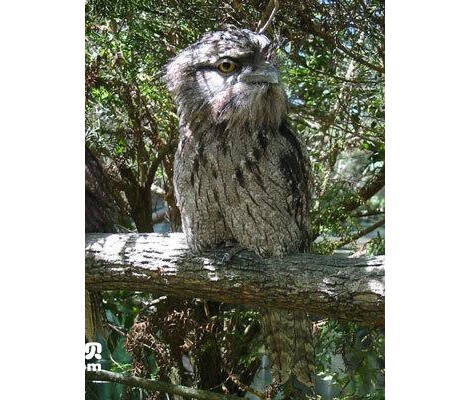
Batrachostomus cornutus
Batrachostomus cornutus,Bornean Frogmouth
The Sundanese frog mouth is known as Batrachostomus cornutus and Bornean Fro···
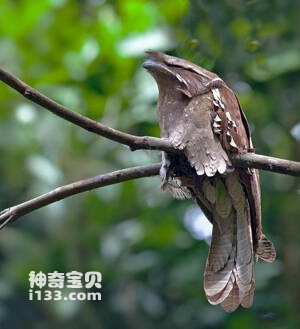
Batrachostomus auritus
Batrachostomus auritus
The eggs of Batrachostomusauritus are laid on a feather cushion covered with···
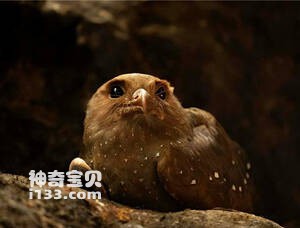
Steatornis caripensis
Steatornis caripensis,Oilbird,guacharo
In the coastal mountains of Colombia, Ecuador and Peru live oilbirds, a clos···
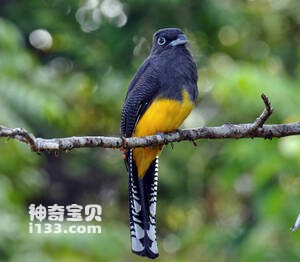
Trogon viridis
Trogon viridis, Green-backed Trogon
The species is known as Trogon viridis and Green-backed Trogon.Protect wild ···
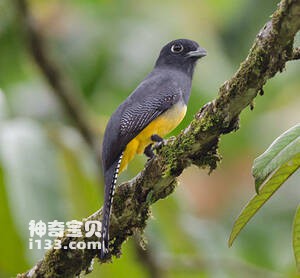
Trogon violaceus
Trogon violaceus, Violaceous Trogon
Trogon violaceus (Violaceous Trogon) is an American biting rhododendron aceo···
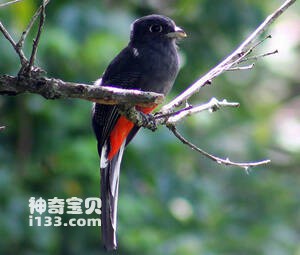
Trogon surrucura
Trogon surrucura,Surucua Trogon
The species is known as Trogon surrucura and Surucua Trogon.Listed in the In···
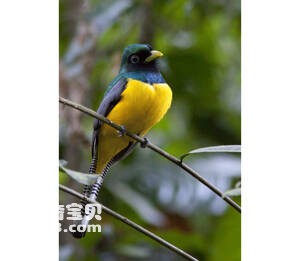
Trogon rufus
Trogon rufus,Black-throated Trogon
The Black-throated Trogon is known as Trogon rufus or black-throated trogon.···
